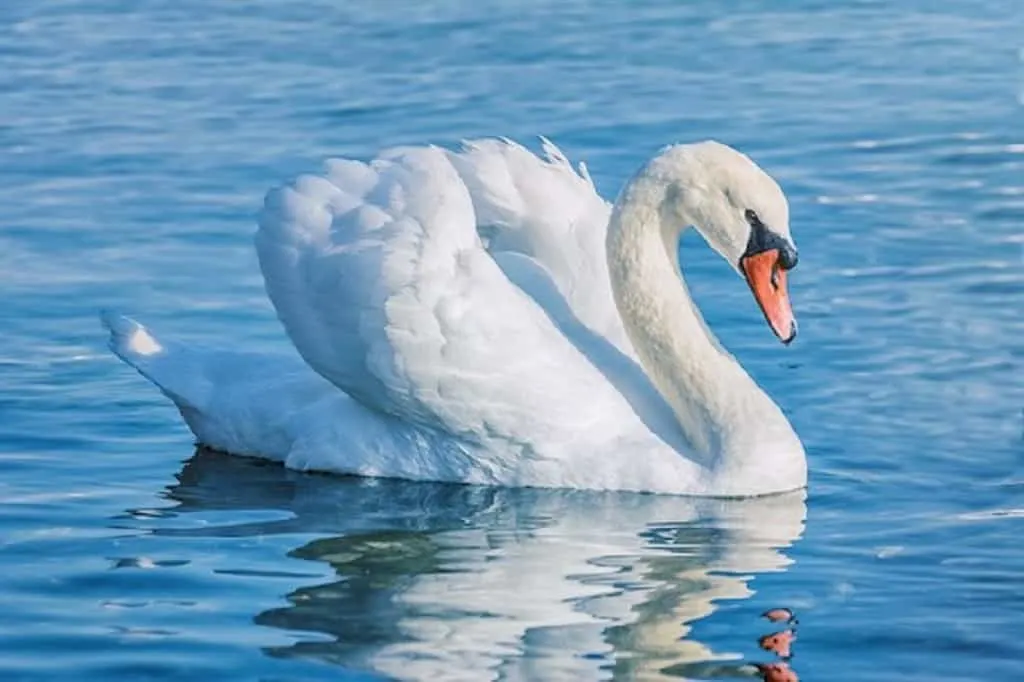In the tranquil realm of nature’s waterways, a fierce and captivating battle unfolds, pitting the elegant grace of swans as they defend against the cunning invasion of raccoons. This enthralling spectacle showcases the remarkable strategies and instincts exhibited by both creatures as they vie for dominance over a coveted territory.
As the scene unfolds, swans valiantly defend their precious nests against the relentless advances of raccoons, showcasing a remarkable display of nature’s resilience and determination.
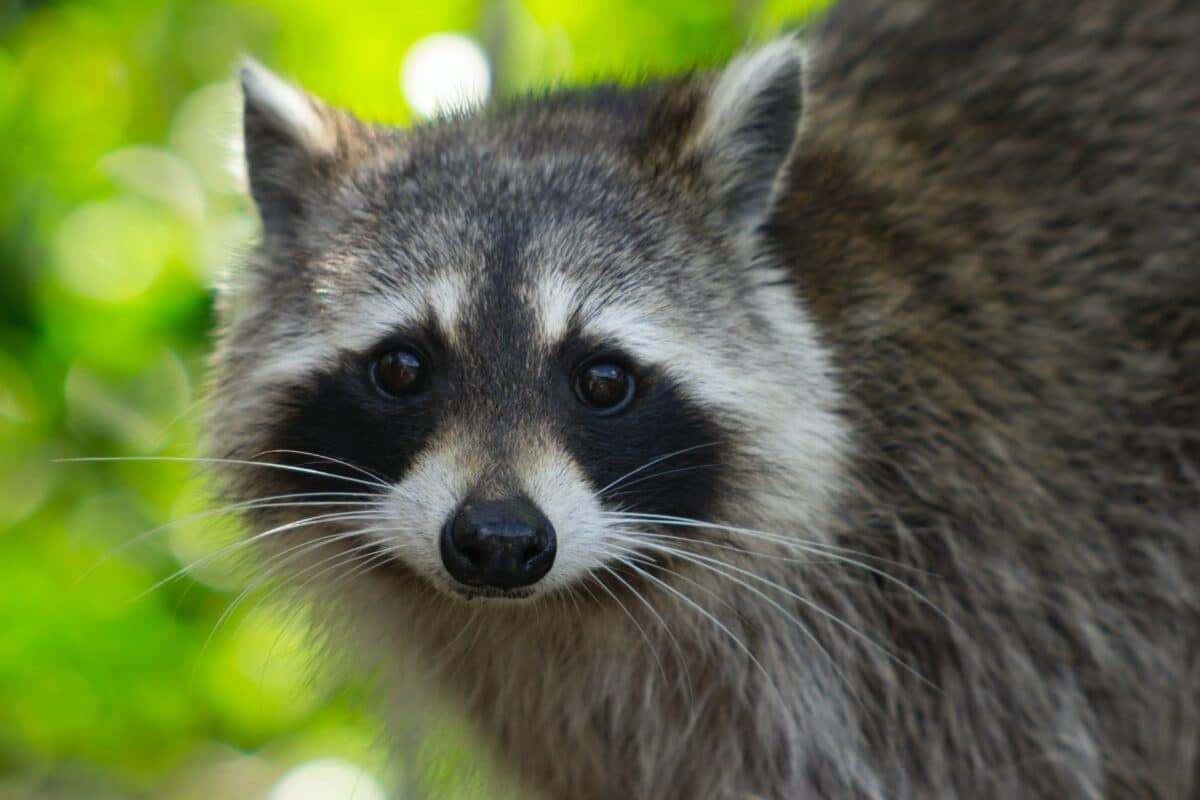
Want to jump ahead? Click below
Comparison Table
| Raccoons | Swans | |
|---|---|---|
| Size | Small and agile | Large and graceful |
| Appearance | Covered in thick fur with a mask-like face | Long necks, elegant wings, and striking plumage |
| Behavior | Cunning and opportunistic | Fiercely protective of their young and nests |
| Nocturnal | Yes | No |
| Nesting Habits | Nest in trees, caves, and attics | Build nests on the water’s edge |
| Physical Defenses | Sharp claws and agility | Wing flapping and charging |
| Habitat | Adaptable to various environments | Found near waterways and wetlands |
Physical Characteristics And Behavior
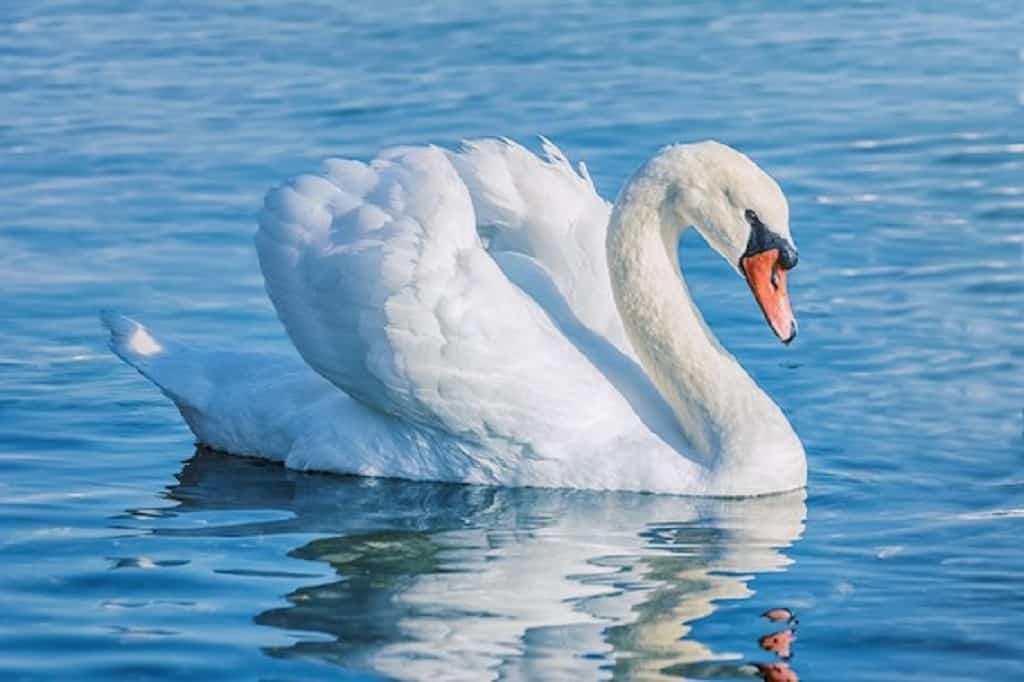
Swans and raccoons are fascinating creatures often found near one another in the peaceful waterways of the natural world. These creatures have unique physical characteristics and behaviors critical to survival and thriving.
- Swans
Swans are large and graceful waterbirds known for their long necks, elegant wings, and striking plumage. They also have a distinctive curved beak that aids in their feeding habits. Swans are fiercely protective of their young and will go to great lengths to defend their nests, using their formidable wings and powerful beaks to ward off any potential threats.
- Raccoons
Raccoons are small and agile creatures known for their cunning and opportunistic nature. They have a distinctive bandit-like mask on their face and are covered in thick fur. Raccoons are primarily nocturnal and incredibly able to adapt to different environments, making them a common sight in urban and rural areas. They are known for their intelligence and agility, which allows them to use their paws to open containers and manipulate small objects.
Nesting Habits
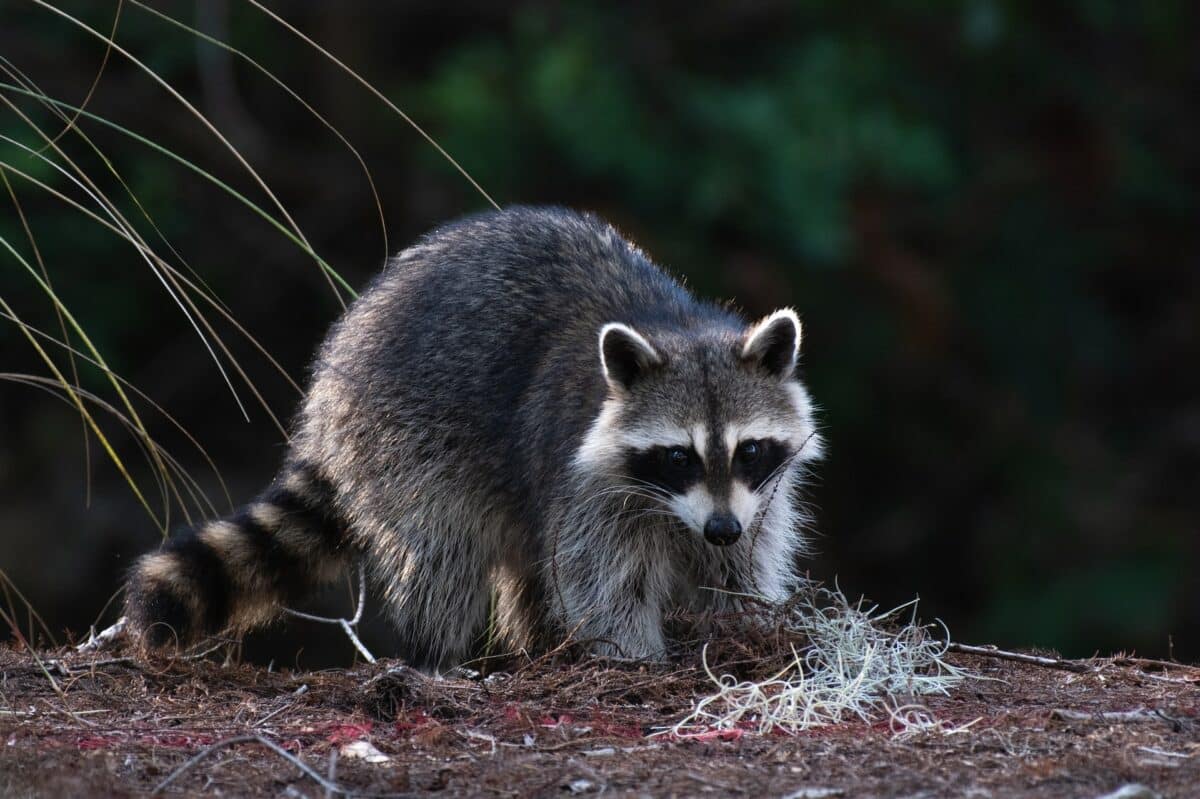
Swans and raccoons place a high value on their nesting territories.
- Swans
Swans commonly build their nests on the water’s edge, using reeds, grass, and other vegetation to create a safe and secure home for their young. They are highly territorial, fiercely defending their nests against intruders, including other swans.
- Raccoons
Raccoons are opportunistic nesters and will nest in various habitats, including trees, caves, and attics. Raccoons can adapt to almost any environment and use their natural cunning and ingenuity to create a safe nest for their young.
The Battle Begin
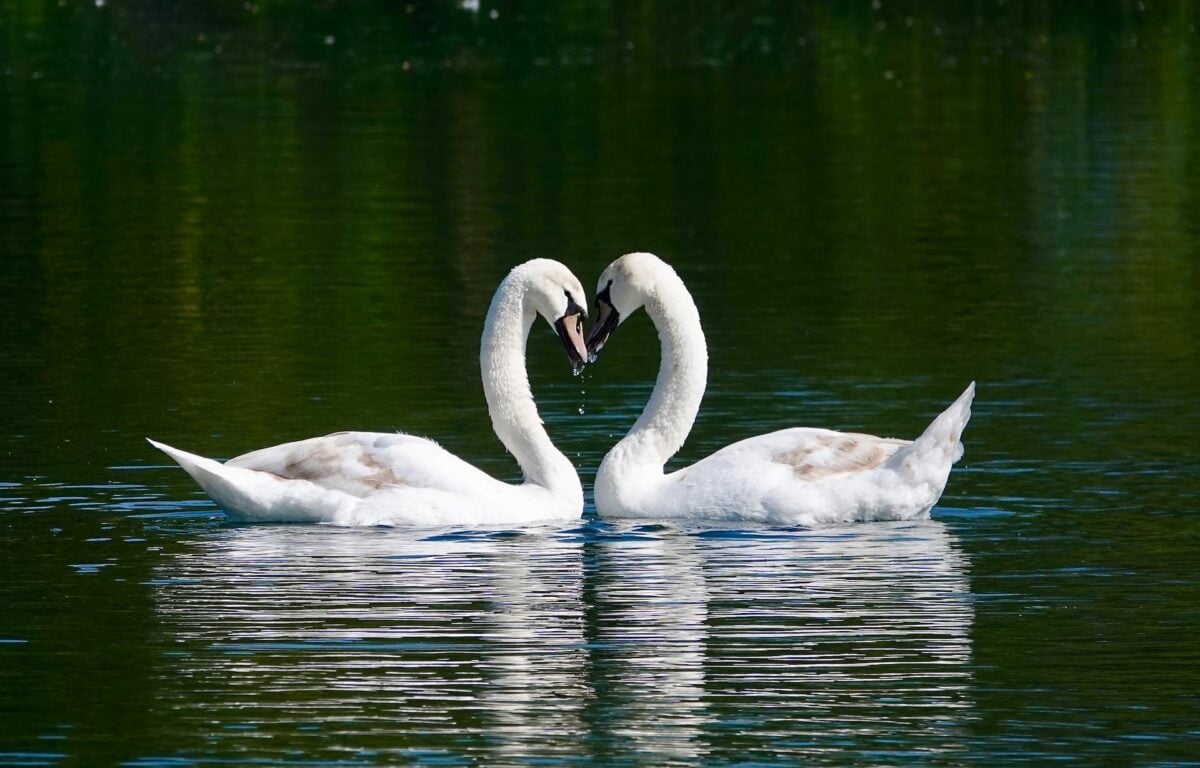
Raccoons are notorious for their cunning and resourceful nature, making them formidable opponents to swans in their nesting territories. One of the key tactics raccoons employ to infiltrate swan nests is their nocturnal behavior.
Since swans are diurnal creatures and tend to remain active during the day, raccoons exploit the cover of darkness to launch their attacks efficiently. Tactics employed by raccoons to invade swan-nesting territories
- Nocturnal Behavior
The advantage of being nocturnal is that it enables the raccoons to avoid detection by swans who might be asleep or inactive during the nighttime. Raccoons systematically patrol the waterways from the cover of darkness, scanning for potential nesting sites and vulnerable swans to prey on.
- Climbing Skills
Another tactic raccoons employ to penetrate swan nesting territories is their impressive climbing skills. Raccoons have sharp claws and are agile climbers, making them access swan nests positioned high up in trees or hard-to-reach locations. They can scale trees and fences with ease, and once they get close to the swan nest, they use their cunning and resourcefulness to raid the eggs and hatchlings inside.
Consequences of Invasion
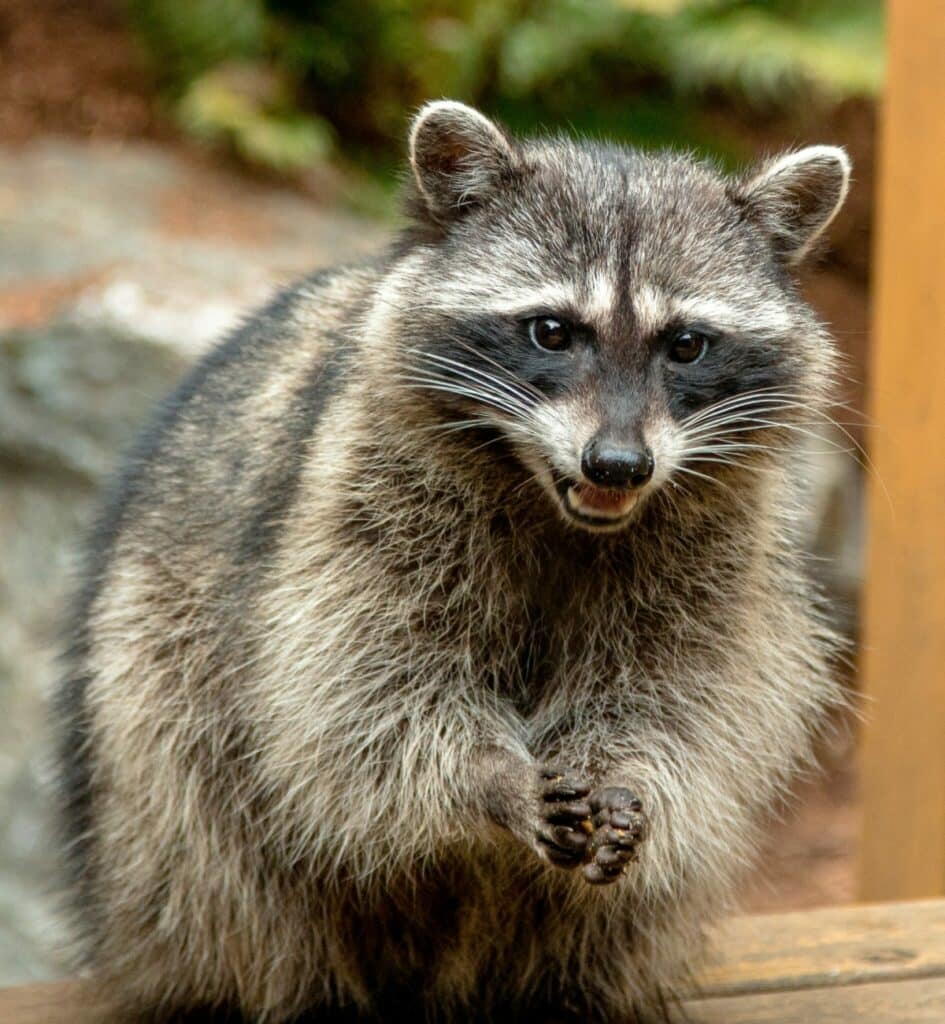
The consequences of raccoon invasions on swan populations can be profound. One such consequence is the threat posed to swan eggs and hatchlings. Raccoons are notorious for their love of eggs and are known to prey on these during nest raids. The loss of eggs can be detrimental to swan populations as it reduces the number of offspring produced.
Another potential consequence of raccoon invasions on swan populations is the displacement of swans from their nesting territories. When raccoons infiltrate swan nesting territories, they pose a significant threat to the security and safety of swans, which can cause them to abandon their nests and nesting colonies altogether.
This can disrupt swan populations, as they depend on specific habitats and nesting territories for long-term survival.
Swan Defense Strategies
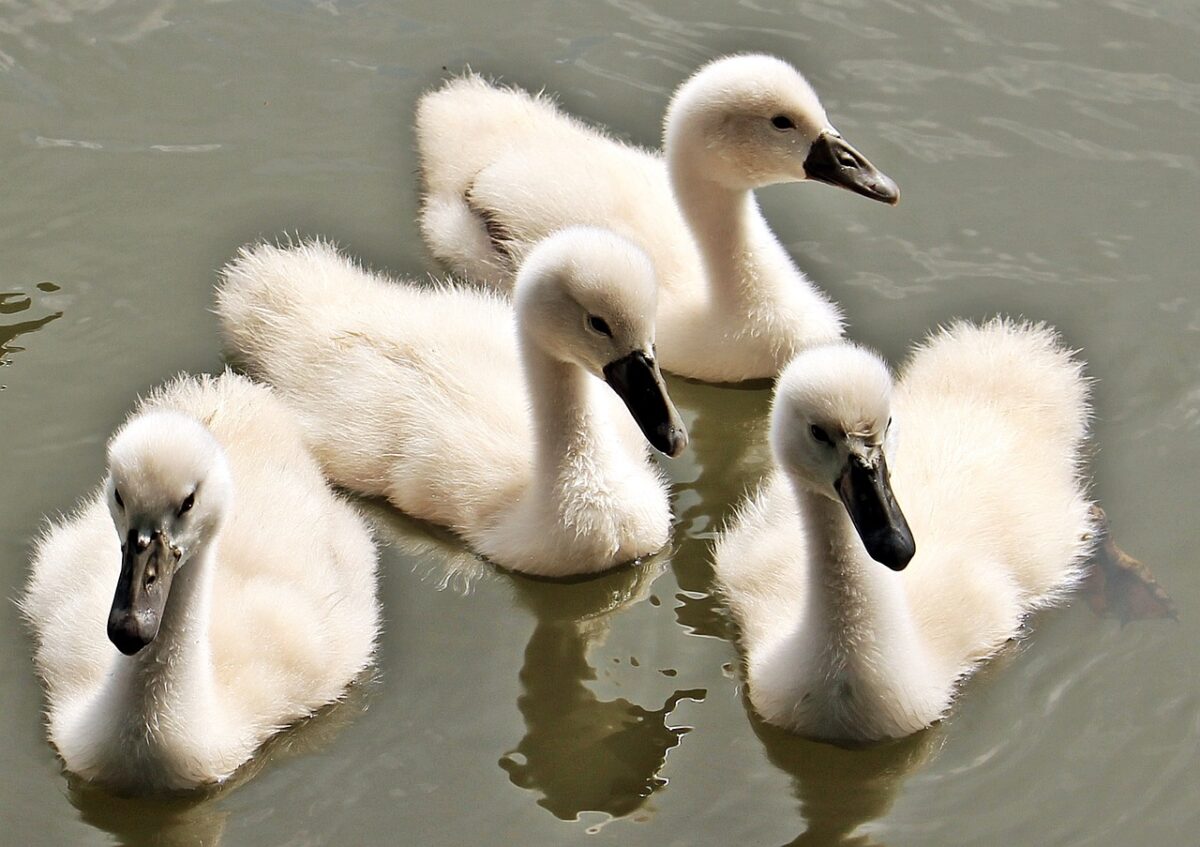
In the animal kingdom, the struggle for survival is an ongoing battle. Perhaps nowhere is this more apparent than in the fierce competition between swans and raccoons for prime nesting territory. When faced with the threat of an invasive predator, swans must rely on various defense strategies to protect their young and secure their lineage.
- Warning Signals
One of the most common defense strategies swans use is their ability to vocalize and display warning signs for others to see. The swan’s distinctive trumpet-like call signals danger and warns other swans. Additionally, swans may exhibit physical displays such as fluffing their feathers and lowering their necks to ward off potential predators.
- Collective Defense Efforts By Swan Pair
Swans are also known to defend their nests as a collective effort. Both members of a bonded swan pair work together to protect their young, with one swan keeping watch while the other remains in the nest. The pair will also actively chase away potential predators that may come too close to their territory.
- Physical Defenses
Swans rely on various physical defenses and adaptations to keep their young safe. One of the most impressive is their wing flapping and charging behaviors. Swans will often flap their wings and seize at potential predators as a form of intimidation, using their size and strength to their advantage.
For example, their large size and formidable bill provide them with a means of fending off predators, while their webbed feet help them to swim away quickly if necessary.
The Outcome of Swans Defend Against Invading Raccoons
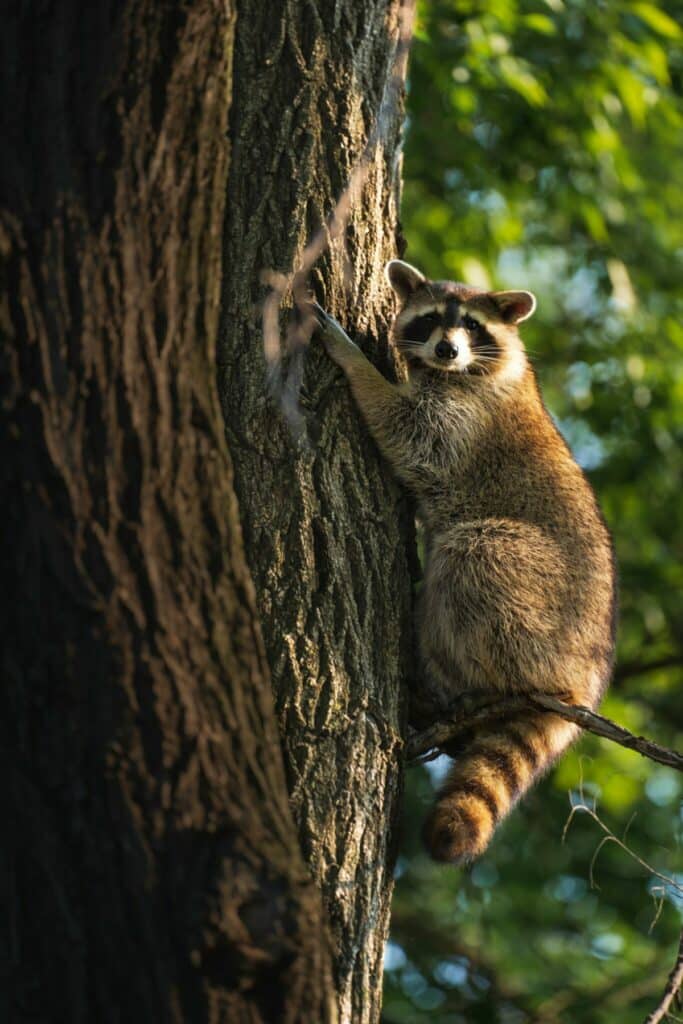
The outcome can go either way when it comes to the battle between swans and raccoons. While swans are known for their elegant grace and fierce determination, raccoons are equally cunning and resourceful, making for a fascinating and unpredictable showdown. Depending on various factors, either side can come out victorious or defeated.
- Factors Influencing The Success Of Swan Defense
Factors that can influence the success of swan defense include the location of their nests, the number of swans present, and the level of aggression displayed by the raccoons. Swans build their nests in secluded areas near the water’s edge, away from prying eyes and potential predators. If the nest is hidden well, the swans’ chances of successfully defending it increase.
- Instances Of Raccoon Triumph And Swan Nest Failure
There are instances where raccoons have emerged triumphant over swan defenses, failing their nests. Raccoons may be more numerous or aggressive than swans, overwhelming them with sheer force. Other times, raccoons may use clever tactics, such as distracting the swans while one of them sneaks in to attack the nest.
When raccoons successfully breach a swan’s nest, it can be devastating for the swans, as their young are left vulnerable to attack and potential death.
Conservation Implications And Recommendations
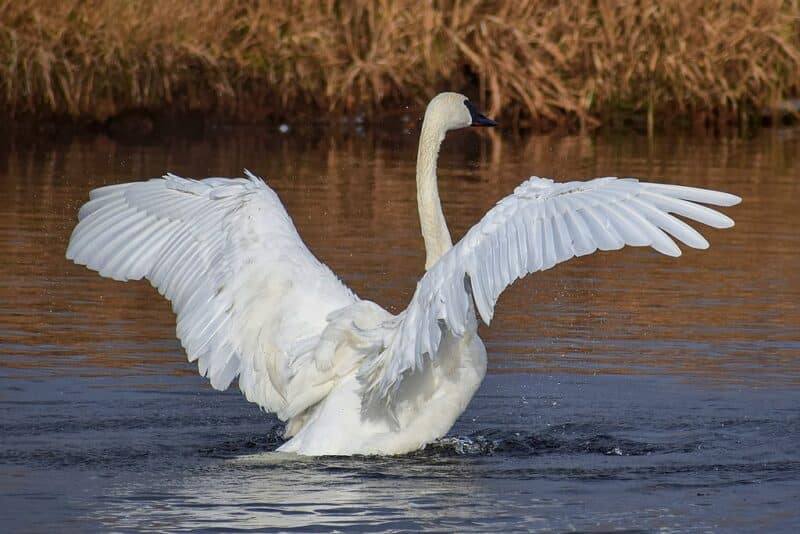
Firstly, nature often presents us with fascinating and complex interactions among different species. Additionally, one remarkable phenomenon is the battle between swans and raccoons for nesting territories. This clash of two distinct animal species has profound implications for conservation efforts, as it sheds light on the delicate balance of ecosystems and the challenges faced by vulnerable wildlife.
Ecosystem Stability
Evidently, the battle for the nest highlights the significance of maintaining ecosystem stability. Swans, as large waterfowl, play a crucial role in aquatic ecosystems by regulating populations of aquatic plants and invertebrates. Their nesting activities contribute to forming wetland habitats, providing shelter and food sources for numerous other organisms.
When raccoons invade swan nesting sites, they disrupt this delicate balance. Furthermore, raccoons, being opportunistic predators, can cause severe damage to swan eggs, resulting in reduced swan populations and potential shifts in the ecosystem dynamics.
Invasive Species Management
Evidently, the presence of raccoons as invasive species in certain habitats poses a significant conservation challenge. Additionally, raccoons, native to North America, have been introduced to various regions worldwide, where they can outcompete native species for resources and disrupt local ecosystems.
The battle between swans and raccoons exemplifies the detrimental effects of invasive species on native wildlife. Conservation efforts should focus on managing and controlling raccoon populations to minimize their impact on vulnerable species like swans.
Habitat Protection And Restoration
Firstly, preserving and restoring suitable habitats for swans and other vulnerable species is crucial for long-term survival. Furthermore, wetlands, lakes, and rivers provide essential nesting grounds for swans, offering protection and abundant food resources.
Conservationists can enhance the chances of successful swan breeding and nesting by safeguarding these habitats from human encroachment, pollution, and habitat degradation.
Public Awareness And Education
Promoting public awareness and education about the battle for the nest and its conservation implications is vital for garnering support and involvement from the community. By increasing a general understanding of the ecological significance of swans and the challenges they face, individuals can contribute to conservation initiatives.
Raising awareness through educational campaigns, public lectures, and interactive workshops can foster a sense of responsibility and encourage local communities to actively participate in protecting swans and their habitats.
Key Points of Swans Defend Against Invading Raccoons
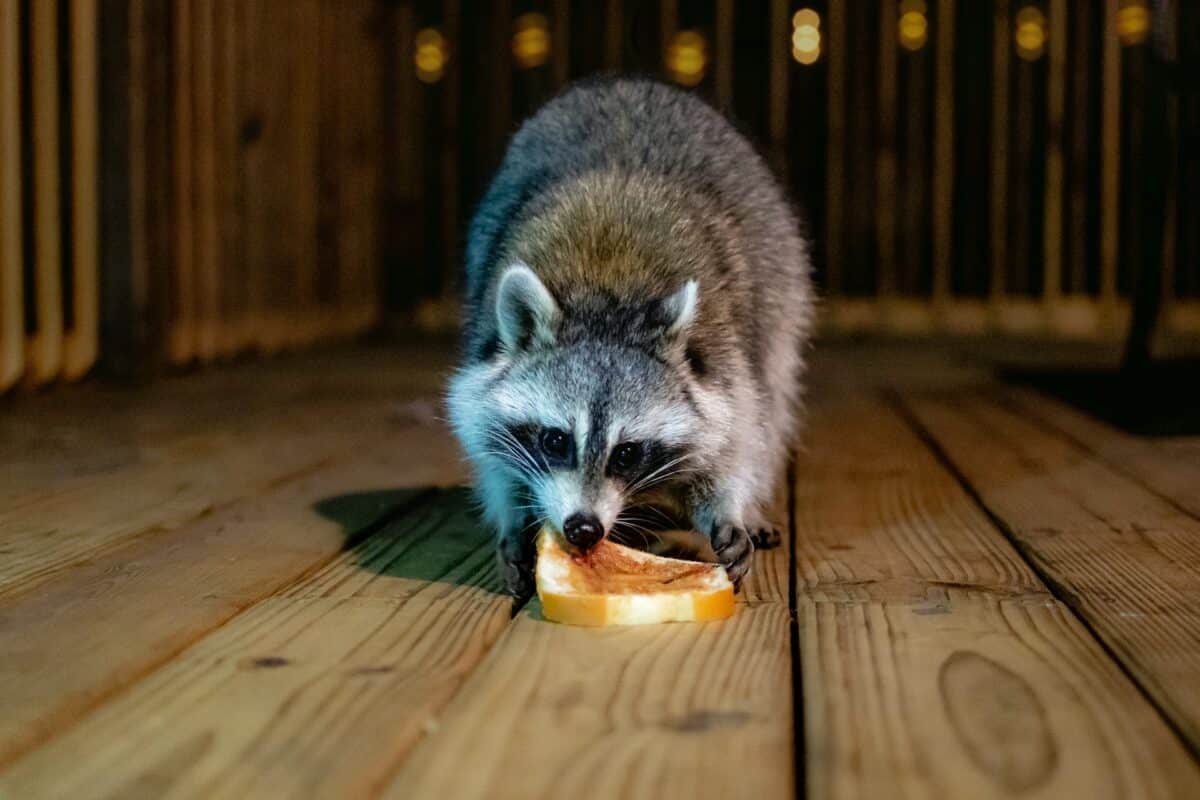
| Swans are large and graceful water birds known for their long necks, elegant wings, and striking plumage. They also have a distinctive curved beak that aids in their feeding habits. |
| Raccoons are small and agile creatures known for their cunning and opportunistic nature. They have a distinctive bandit-like mask on their face and are covered in thick fur. |
| When raccoons invade swan nesting sites, they disrupt this delicate balance. Raccoons, being opportunistic predators, can cause severe damage to swan eggs, resulting in reduced swan populations and potential shifts in the ecosystem dynamics. |
| Preserving and restoring suitable habitats for swans and other vulnerable species is crucial for long-term survival. |
| In the animal kingdom, the struggle for survival is an ongoing battle. Perhaps nowhere is this more apparent than in the fierce competition between swans and raccoons for prime nesting territory. |
Wrapping Up with Swans Defend Against Invading Raccoons
Evidently, the battle for the nest between swans and invading raccoons carries significant conservation implications.
Furthermore, by recognizing the importance of ecosystem stability, managing invasive species, protecting and restoring habitats, promoting public awareness, and investing in research and monitoring, we can better understand and address the challenges swans and other vulnerable wildlife face.
Thanks for following along with me! I hope you enjoyed reading about a topic that intrigues me.
Next is ~
- When The Tables Turn: Watch A Mongoose Take On A Cobra
- The Great Chase: Wild Dog Pursues a Springbok
- How To Get Stomped On By A Bison - April 19, 2024
- Bison Charges Drunk Guy For Roaring At Him - April 19, 2024
- Watch Elephant Rescued From Zoo and His Reaction in the Wild - April 19, 2024

